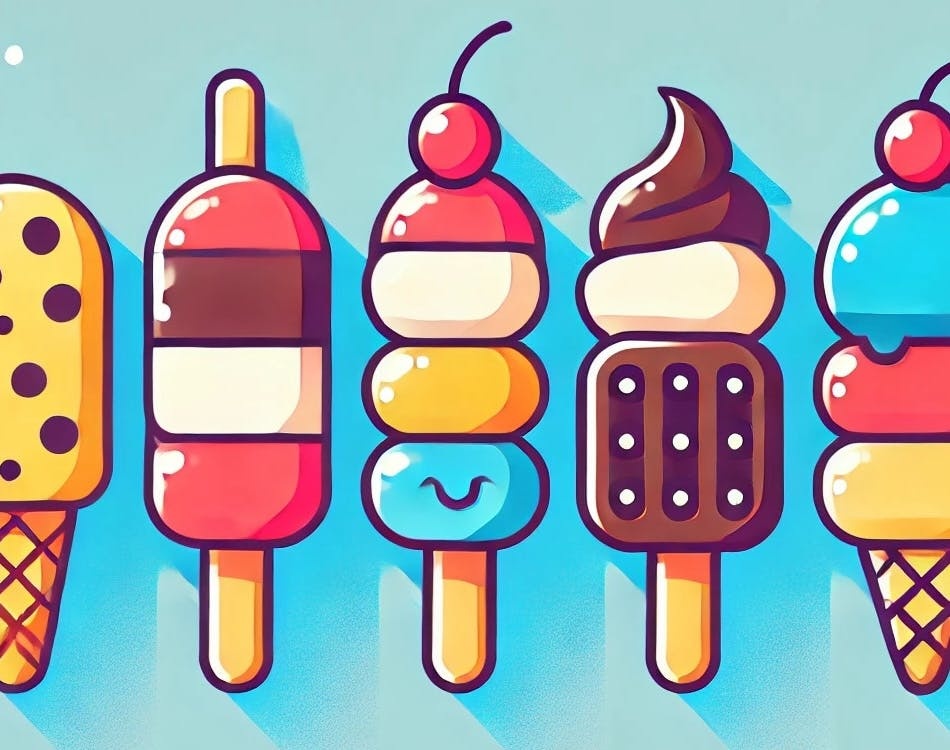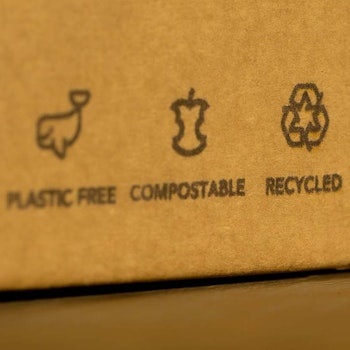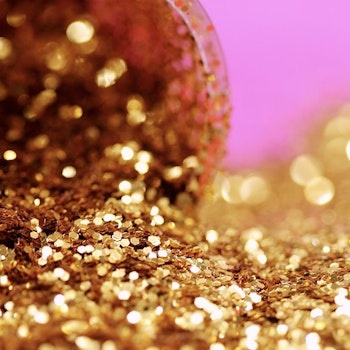
At this time of year ice cream is popular in the northern hemisphere. For example,UK supermarket Tesco recently revealed that two thirds of people in the U.K. consume it at least once a week during the summer(1).
Ice cream’s history traces back to ancient China and Rome, where early versions of frozen desserts were enjoyed. The modern concept of ice cream was refined in Renaissance Italy, thanks to advances in refrigeration techniques. A significant milestone in its evolution occurred at the 1904 St. Louis World’s Fair, where the ice cream cone was invented. An ice cream vendor ran out of cups and collaborated with a nearby waffle vendor to create the first cone, revolutionizing the way ice cream was consumed.
Today, the industry thrives on innovative marketing and a wide array of flavors, making ice cream a timeless favorite.
There are several aspects of ice cream marketing that show us some interesting principles about how our minds work.
Why are iced confections so popular?
What is it about ice cream that makes it so appealing? It may be the fact that it combines three sensory features that we evolved to crave.
Describing the evolutionary appeal of a similar product, cheesecake, the psychologist Steven Pinker writes “we evolved (brain) circuits that gave us trickles of enjoyment from the sweet taste of ripe fruit, the creamy mouthfeel of fats and oils from nuts and meat, and the coolness of fresh water.”(2)
Each of these three features was a cue to our ancestors that they were getting an important form of nourishment. Put them all together at once and it's a particularly rewarding experience.
Other researchers have written about how we probably evolved to find the sensation of coldness in our mouths pleasurable in a way that coldness on our skin is not (and, indeed, can trigger unpleasant reflexes like shivering). Coldness in the mouth, for our ancestors in predominantly warm environments like East Africa, would have been associated with the refreshment and satiation of thirst that comes from drinking cool fresh water.(3) It's a quick shortcut signal that tells our brain we are quenching our thirst. The alternative, waiting until our bodies have become hydrated, may be too slow and result in us drinking too much.
So ice-cream hits multiple evolved pleasure triggers.
Ice cream also reminds us of childhood, vacations, birthdays and summertime. All of which are likely to feel positive. And may in particular recall memories of the chocolate bars and candies that are often turned into ice cream equivalents.
Why does Häagen-Dazs sound particularly ‘high quality’?
One of the world’s largest ice cream brands is Häagen-Dazs. Despite its Danish-sounding name, it's not from Denmark. It was created in the Bronx by Reuben and Rose Mattus in 1959. They chose the name to evoke an image of an old-world tried-and-tested recipe and to stand out, even though “Häagen-Dazs” means nothing in any language. The unique name, along with quality recipes and smart marketing, helped the brand gain popularity, eventually leading to its acquisition by Pillsbury in 1983 and later Nestlé.(4)
Not only did the name give it an evocative European-sounding identity, but one that also implies high quality. If it's a completely invented name, why should this be so? There is a growing body of research showing that the sounds (‘phonemes’) that make up words like brand names can influence our perception of a brand. For example, some research has shown that a type of sound called the ‘affricate’, which is harder to pronounce and is used infrequently in English can actually confer a sense of luxury, perhaps by making a name sound rarer. Examples of this include the ‘zs’ sound in Häagen-Dazs and the ‘ch’ sound in Gucci. Rare sounds trigger the feeling of a rare, or expensive, brand.(5)
Why are chocolate and vanilla such popular flavours?
While there are many ice cream flavours available, in the West chocolate and vanilla seem to be perennial favourites.
Why is this?
It may be that the luxurious origins of ice cream were a good match for the rarity of chocolate and vanilla. In its early days, due to the expense of refrigeration, ice cream would have been a luxury treat. Similarly, both vanilla and chocolate were much rarer in the past, and also happen to be a good sweet addition to the appeal of ice cream.
Incidentally, vanilla’s association with ice cream may have contributed to the widespread perception that vanilla is white, rather than its natural colour: brown.
Ice cream, like all popular products, both taps into the predilections of our evolved psychology and builds its own associations over time. When we are helping our clients develop new products, packaging and names we are able to tap into these nonconscious or intuitive associations in order to help create more powerful propositions. Our Implicit and response-time based exercises can identify which designs, names or creative concepts have the best emotional appeal with consumers.
References
(1) https://grocerytrader.co.uk/it-may-be-plain-but-vanilla-has-our-hearts-tesco-lifts-the-lid-on-the-nations-ice-cream-eating-habits/
(2) Pinker, S., 1997. How the mind works (Vol. 10). New York: Norton.
(3) Eccles, R., Du-Plessis, L., Dommels, Y. and Wilkinson, J.E., 2013. Cold pleasure. Why we like ice drinks, ice-lollies and ice cream. Appetite, 71, pp.357-360.
(4) https://www.rd.com/article/haagen-dazs-ice-cream-secret-behind-name/
(5) Pathak, A., Calvert, G.A. and Lim, E.A., 2017. How the linguistic characteristics of a brand name can affect its luxury appeal. International Journal of Market Research, 59(5), pp.567-600.






